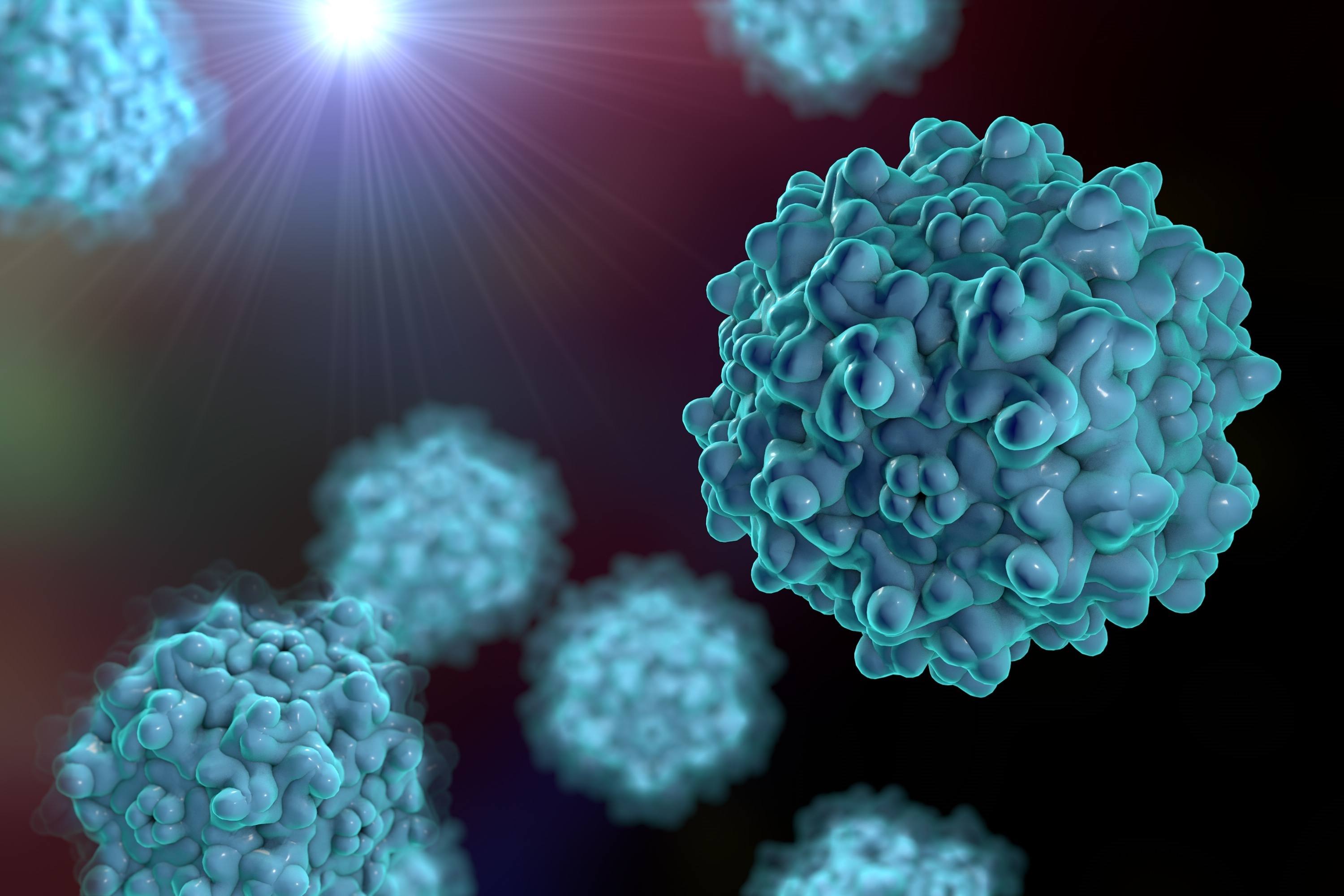• Adenovirus Service • AAV Service • Lentivirus Service • Retrovirus Service




CAR-T cell therapy has revolutionized the treatment of B-cell malignancies and is now showing initial success in solid tumors. Despite continued progress, many patients treated with CAR therapy fail to respond or develop resistance. This highlights the urgent need to further optimize current treatment options.

Long noncoding RNAs (lncRNAs) make up a significant portion of the genome and encompass a diverse class of RNA molecules that are not translated into proteins. As important regulators of cell and tissue function, lncRNAs have been shown to be closely associated with the development and progression of metabolic diseases. Type 2 diabetes is a metabolic disease that poses an increasing burden on public health. The etiology of type 2 diabetes is complex, involving multiple tissues leading to glucose homeostasis disorders.

The immunogenicity of lipid nanoparticles (LNPs) used to deliver nucleoside-modified mRNA limits the expression level and duration of proteins encoded by mRNA, which is not conducive to the therapeutic effect of LNP-mRNA therapy.

The emergence of immune checkpoint blockade (ICB) therapy has brought revolutionary changes to cancer treatment. By using antibodies to block the "deceptive signals" sent by cancer cells using immune checkpoints, immune checkpoint blockade therapy can activate the host's immune system to attack cancer cells, thus bringing new hope for treatment for patients with various cancers. However, a thorny question has always troubled scientists, that is, why do some tumors become resistant to immune checkpoint blockade therapy?

Adeno-associated virus (AAV) is currently the most commonly used in vivo gene therapy vector and has been approved for the treatment of a variety of diseases including retinitis pigmentosa, spinal muscular atrophy, Duchenne muscular dystrophy and hemophilia.

T-cell acute lymphoblastic leukemia (T-ALL) is a highly aggressive hematological malignancy, accounting for about 15% of childhood acute lymphoblastic leukemia (ALL) and 25% of adult ALL. Although the cure rate for pediatric patients can reach 80%, the long-term survival rate of adult patients is still less than 40%. More worryingly, more than half of patients will relapse after treatment or fail to respond to standard treatment. The median overall survival of relapsed/refractory T-ALL is only about 8 months. Current treatment methods mainly rely on high-intensity chemotherapy and allogeneic hematopoietic stem cell transplantation (alloHSCT), but they are highly toxic and have a high failure rate. There is an urgent need for safer and more effective targeted treatment strategies in clinical practice.

In 2025, the cumulative number of mRNA vaccines administered globally has exceeded 10 billion doses, and its high efficiency and safety have completely rewritten the pattern of infectious disease prevention and control. From COVID-19 vaccines to cancer treatment, mRNA technology is penetrating the medical field at an alarming rate. However, back in 2005, the scientist Karikó's team first discovered that replacing uridine (U) in mRNA with pseudouridine (Ψ) can significantly reduce immunogenicity, and this discovery became the "Archimedes fulcrum" of mRNA therapy. But why can Ψ-RNA escape the security check of the immune system?

In recent years, immune checkpoint blockade (ICB) therapy has achieved remarkable results in the treatment of various cancers, but its efficacy in ovarian cancer, especially ovarian clear cell carcinoma (OCCC), still faces many challenges. Ovarian clear cell carcinoma is a rare and poor prognosis subtype of ovarian cancer. It is highly resistant to platinum chemotherapy and traditional treatments are ineffective. The median overall survival of patients with ovarian clear cell carcinoma after progression of first-line treatment is only 10.9 months, and the response rate to a single PD-1/PD-L1 inhibitor is extremely low, only 5% to 15%. Therefore, exploring new treatment strategies and prognostic markers is crucial to improving the clinical outcomes of patients with ovarian clear cell carcinoma.

Sensorion recently announced positive preliminary data from a Phase 1/2 clinical trial of its investigational gene therapy, SENS-501, for the treatment of congenital deafness associated with mutations in the OTOF (otoferrin) gene.

Cytokines, typically ranging in size from 5 to 25 kDa, are primarily produced by immune cells in response to infection, inflammation, injury, or various stimuli. They are also produced by a variety of other cells, including fibroblasts, epithelial cells, endothelial cells, and stromal cells. Cytokines mediate intercellular communication and play a crucial role in promoting immunity and either promoting or inhibiting cell differentiation and proliferation. They also play an important role in the tumor microenvironment (TME), where they coordinate immune and inflammatory responses. Due to their regulatory effects on the immune system and their impact on tumor progression within the TME, certain cytokines have been considered potential cancer immunotherapies. In fact, cytokines have a long history as anticancer agents, dating back to the 1970s, with interferon-α and interleukin-2 being the first cytokines used for cancer treatment. Since then, numerous preclinical experiments and studies have confirmed the anticancer activity of cytokines. Several cytokines, including granulocyte-macrophage colony-stimulating factor (GM-CSF), interferon-γ, interleukin-15, interleukin-12, and interleukin-21, are currently in clinical trials.